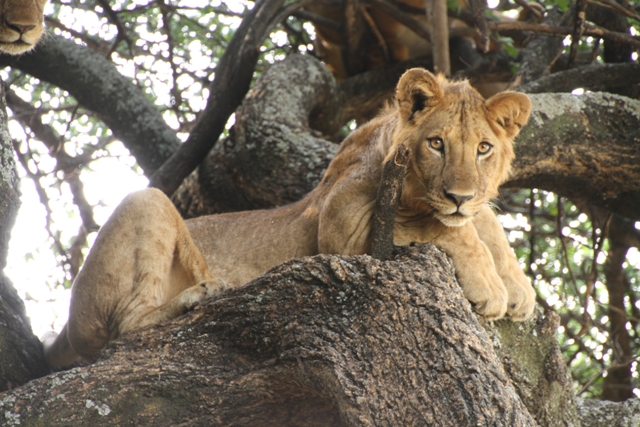By Ake Lindstrom: I have just completed a 10 day family adventure safari in Northern Tanzania with a wonderful Australian family. We successfully combined culture with wildlife and meaningful activities making for a trip as varied and exciting as it comes. For me the highlights were riding through Maasailand and being the ones being stared at rather than the other way around!
The great aspect of biking that people perhaps don’t initially expect is the serendipity of the encounters that we have with local people. That was especially true on this trip. The other reason I am always glad to be a part of these trips is the impact that we have, and don’t have, that really count – that means that by visiting some areas we have directly contributed to conserving wildebeest calving grounds and unique ground water forest but also we met local people on their terms and we made plenty of friends on route!
The finale in the Serengeti in our relatively simple expedition camp was also a gem – no other tourists around, sounds of predators, our own kopje to lounge and watch the wilderness around us.
These are the safaris of my childhood and the type I am glad to have the opportunity to share with others. In the client's words:
"It could not have gone better. Your remarkable patience, endless enthusiasm, extensive knowledge and attention to detail meant that we got everything we could from our experience. It was a classroom on wheels for all of us, and I thought the balance of people, culture, nature, environment and development was perfect.
"We shall always remember the extra-ordinary experience that you and your team created for us. The children had a glimpse of what life without bedrooms, laptops and supermarkets is like and marvelled at how other people live. Some of my favourite photographs show our children on bikes and wearing sunglasses, talking to young Maasai warriors in their black robes, face paint and headdresses, complete with bows and arrows."
For more information on this Tanzanian family adventure, or others, please do not hesitate to contact us.
















.jpg)
.jpg)
.jpg)
.jpg)
.jpg)
















